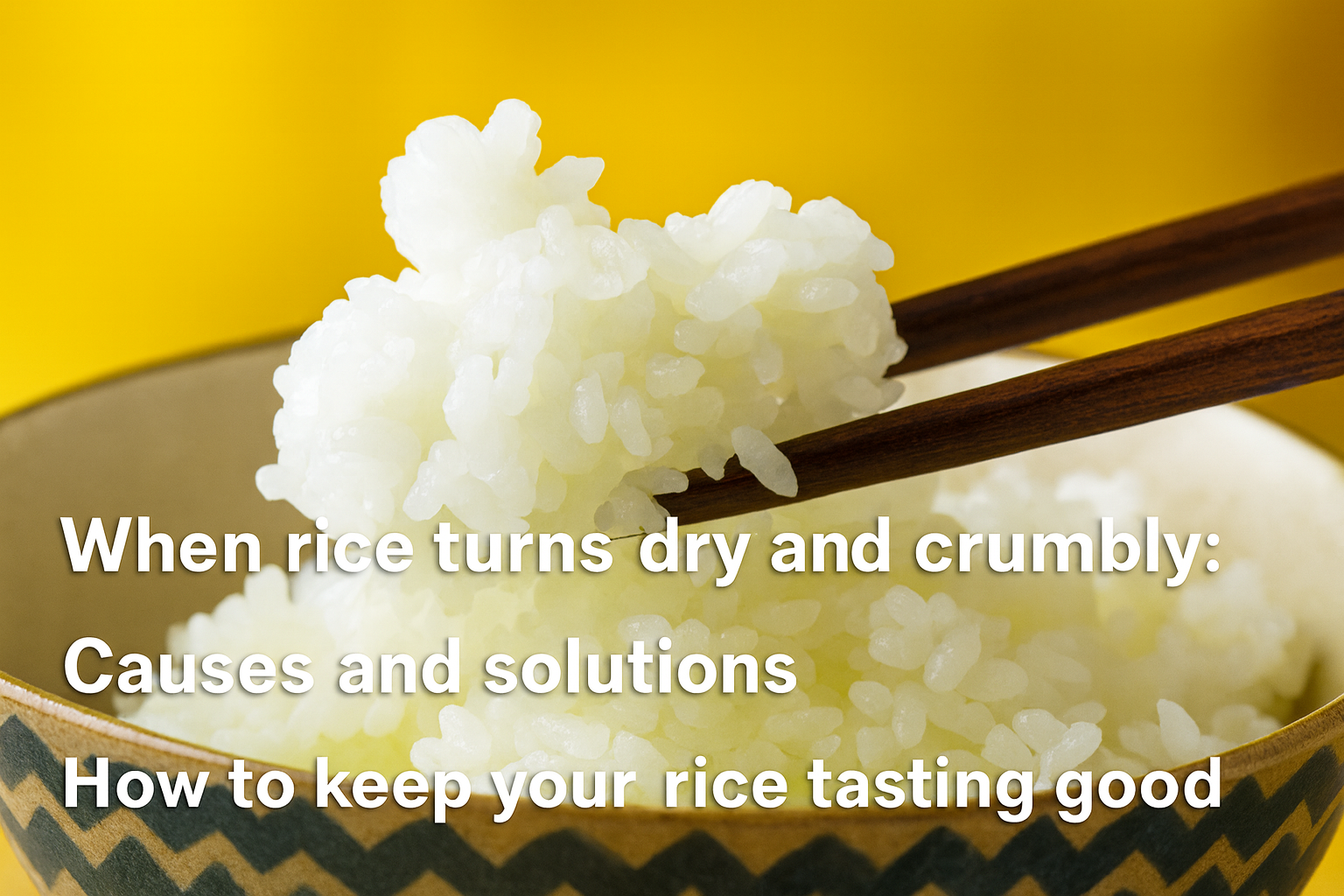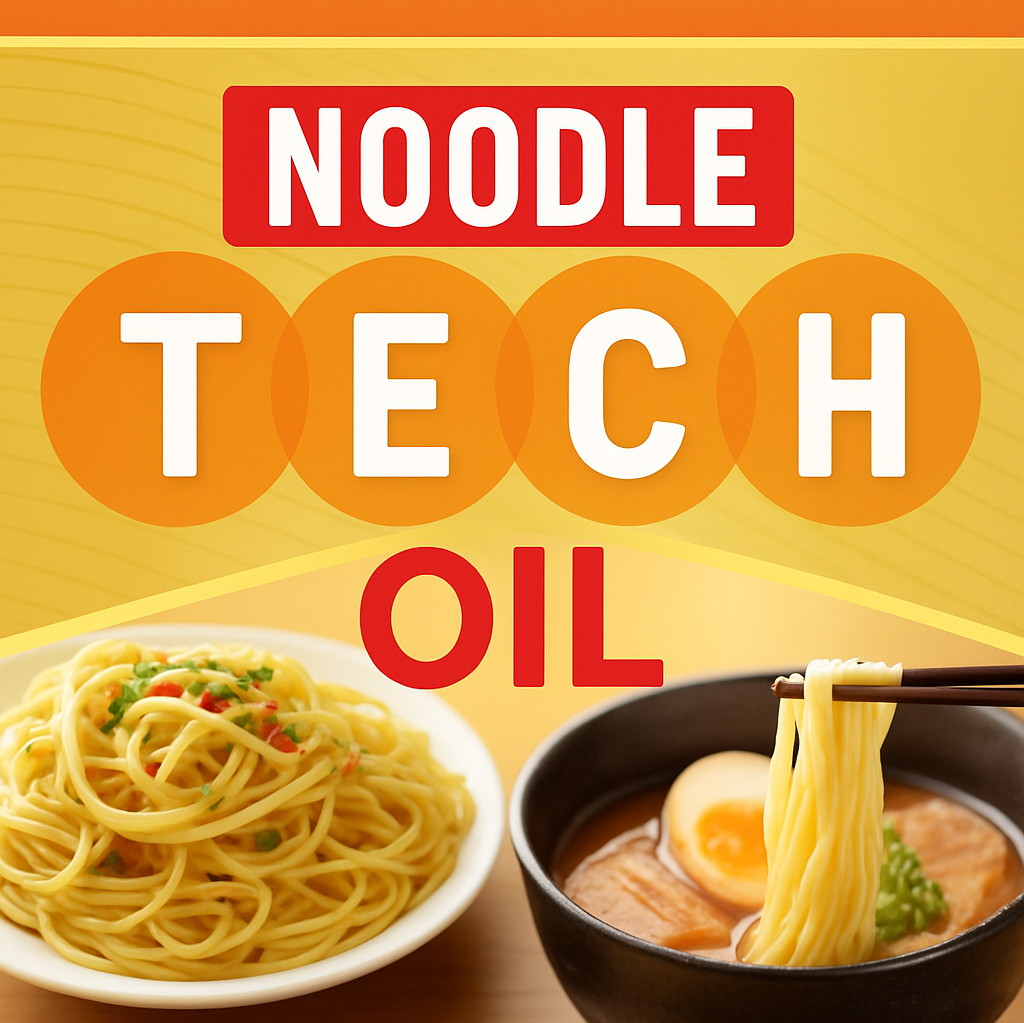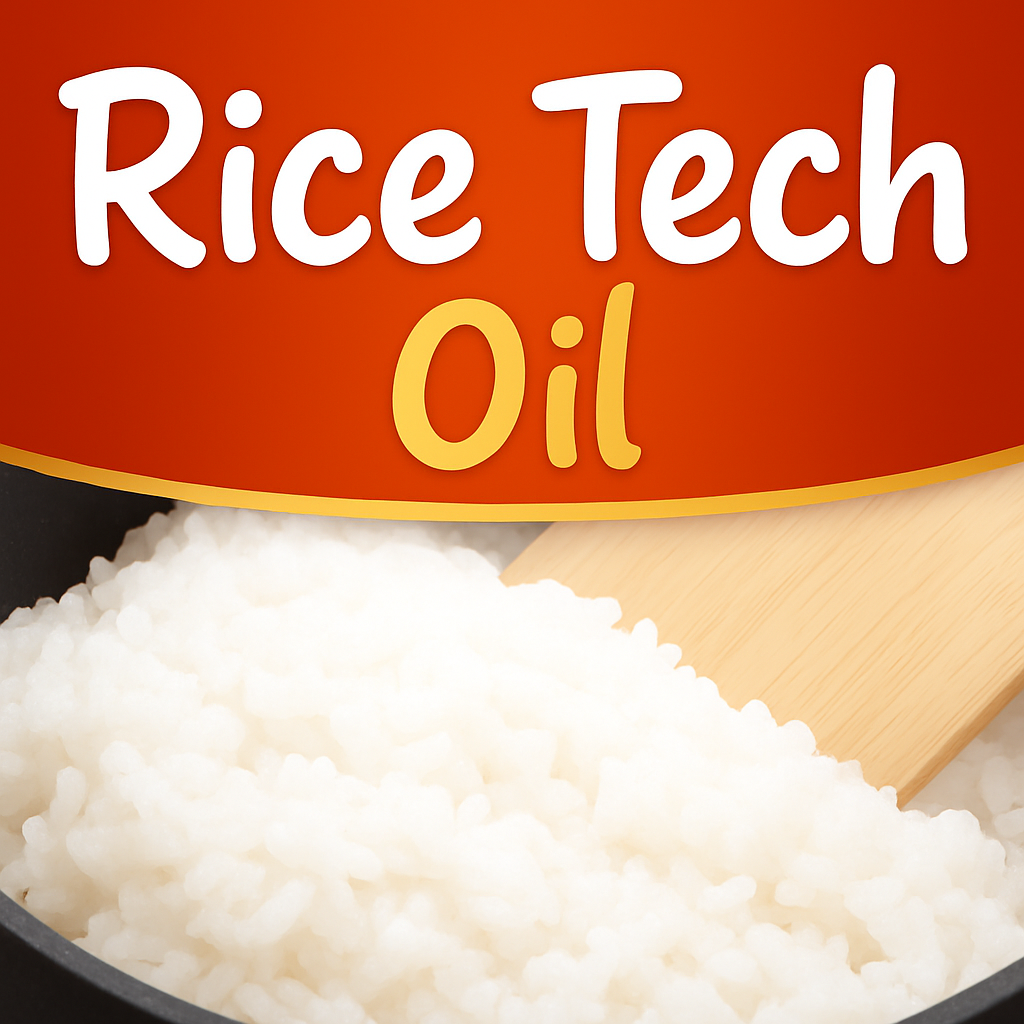One common concern in the foodservice industry is that rice tends to become dry and unappealing when it is no longer freshly cooked.
Although serving dry rice like this poses no particular risks when it comes to food safety, it carries other risks such as a potential loss of repeat customers. On the other hand, discarding rice after a certain period of time has elapsed in order to maintain quality inevitably increases food waste.
But why does rice lose its moisture and become dry in the first place? In this article, we take a closer look at what causes rice to dry out and what you can do to keep rice softer for longer.
One recommended product is our Rice Tech Oil, designed to help cooked rice keep for longer. Please visit the product page here for more details:
Rice Tech Oil
Contents
What Causes Rice to Dry Out?
Freshly cooked rice is soft, light, and flavorful. However, with time, it loses its appealing texture and starts to dry out. The main reasons for this include:
Not Enough Water
If too little water is used during cooking, the rice will be under-hydrated from the beginning, leading to quicker drying. Note that water requirements differ between regular rice and pre-washed, ready-to-cook varieties.
Not Enough Soaking Time
Rice needs to be left to soak before cooking to allow it to absorb enough water. Without sufficient soaking time, the rice may stay too firm and less palatable.
Kept Warm for Too Long
Keeping rice warm for a long time after cooking gradually depletes its moisture, causing it to become dry. Warming rice for extended periods of time may also cause yellowing due to what is known as the Maillard reaction, a chemical reaction that takes place between sugars and amino acids.
Refrigeration
Unlike many foods, rice does not fare well when refrigerated. After cooking, the starch in rice gelatinizes, becoming soft and filled with moisture.
Over time, however, this moisture is lost, causing the rice to harden and dry out. This process occurs most rapidly at temperatures of 0–4°C, the typical range found inside refrigerators. What this means is that refrigeration is not exactly well suited to storing cooked rice.
To learn more about these changes, as well as the yellowing caused by the Maillard reaction, please see: Delicious Rice, Every Time: Delicious Rice, Every Time: Learn Why Rice Loses Its Flavor and What You Can Do About It
Using Old Rice
Over time, milled rice loses moisture. This means that using older rice often yields drier cooked rice, so adjustments such as adding more water or extending soaking time are necessary when using older rice.
How to Prevent Rice from Drying Out
To prevent rice from getting too dry, be sure to use the right amount of water, give it enough time to soak, and wash it properly before cooking. In addition, you may also find the following tips helpful:
1. Serve Rice Freshly Cooked
The simplest and most effective approach is to serve rice immediately after cooking, before any changes in the starch and resulting loss of moisture have time to occur.
2. Use High-Performance Rice Warmers
Recent advances in rice warmer technology have focused on both taste and sustainability. Some more recent models maintain rice under vacuum-sealed conditions, reducing oxidation and moisture loss. This kind of high-tech equipment helps preserve texture and flavor for longer.
3. Use Rice-Cooking Oil
Rice-cooking oil is a kind of oil specially designed to keep rice soft and tasty for longer.
Rice-cooking oil coats each grain, preventing excessive drying even when kept warm for extended periods of time. This ensures rice keeps its plump, fluffy texture, umami, and grain definition for longer.
If you are considering trying rice-cooking oil for your restaurant, be sure to give our Nisshin Rice-Cooking Oil for Restaurants a try. Free samples are available upon request.

Serve Soft, Delicious Rice for Longer
In this article, we outlined the reasons why rice tends to dry out as well as some measures you can take to prevent this from happening. Ultimately, maintaining rice quality requires a thorough understanding of the underlying causes and making necessary adjustments to the amount of water used, soak time, as well as cooking and storage methods.
The use of rice-cooking oil in particular is a highly practical solution.
Our Nisshin Rice-Cooking Oil for Restaurants coats each grain, ensuring that rice remains plump and delicious even when kept warm for prolonged periods. In addition, it keeps rice from sticking to utensils and cookware surfaces, improving serving efficiency.
So, what are you waiting for? Give rice-cooking oil a try and discover for yourself how it can transform your business: Rice Tech Oil




